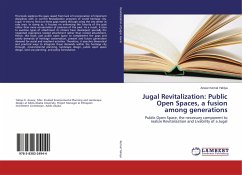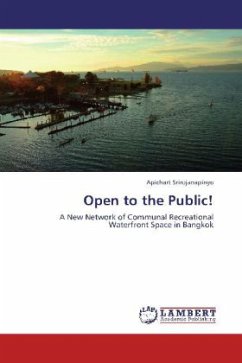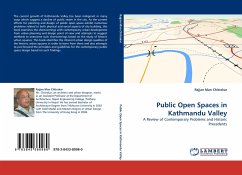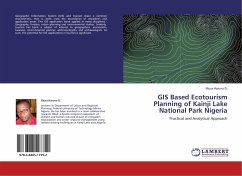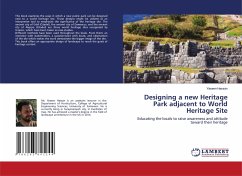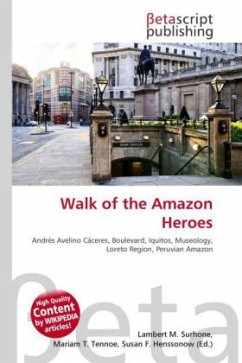
Defining public open space - not a walk in the park
Versandkostenfrei!
Versandfertig in 6-10 Tagen
40,99 €
inkl. MwSt.

PAYBACK Punkte
20 °P sammeln!
Despite the widespread application of public open space (POS) in urban planning and health research, there remains an issue of how POS is defined and measured. Irrespective of the definition, POS is a land use, which can be represented spatially and interpreted through spatial analysis. This research aims to contribute to the process of defining and creating POS data and highlights how outcomes can be modified by changing the input data. Specifically, this research developed a validated spatial dataset of public open space (VPOS) for Metropolitan Adelaide to enable evidence based research for ...
Despite the widespread application of public open space (POS) in urban planning and health research, there remains an issue of how POS is defined and measured. Irrespective of the definition, POS is a land use, which can be represented spatially and interpreted through spatial analysis. This research aims to contribute to the process of defining and creating POS data and highlights how outcomes can be modified by changing the input data. Specifically, this research developed a validated spatial dataset of public open space (VPOS) for Metropolitan Adelaide to enable evidence based research for strategic and policy planning. An analysis compared three POS datasets with the new VPOS dataset using three spatial units to demonstrate how the choice of POS data results in differing POS results per spatial unit. This spatial analysis used the predefined guidelines from the National Playing Field Association (NPFA) (United Kingdom); six acres (2.43ha) open space per 1000 population and the National Capital Development Commission (NCDC) (Australia) 4 hectares open space per 1000 population, and illustrate the differences through choropleth mapping.




